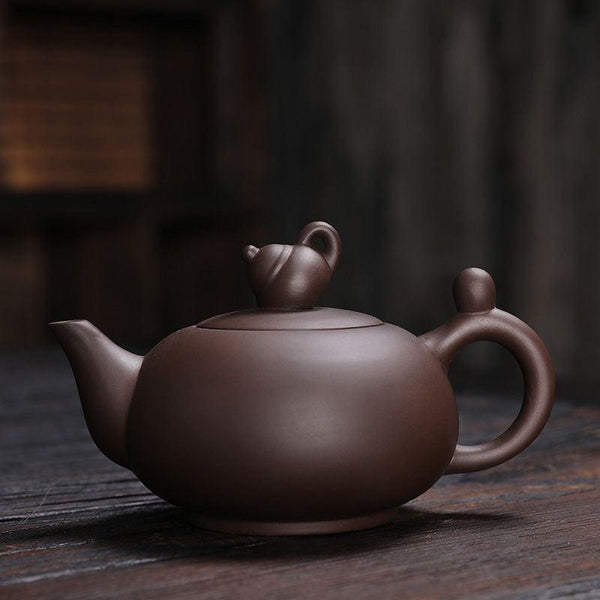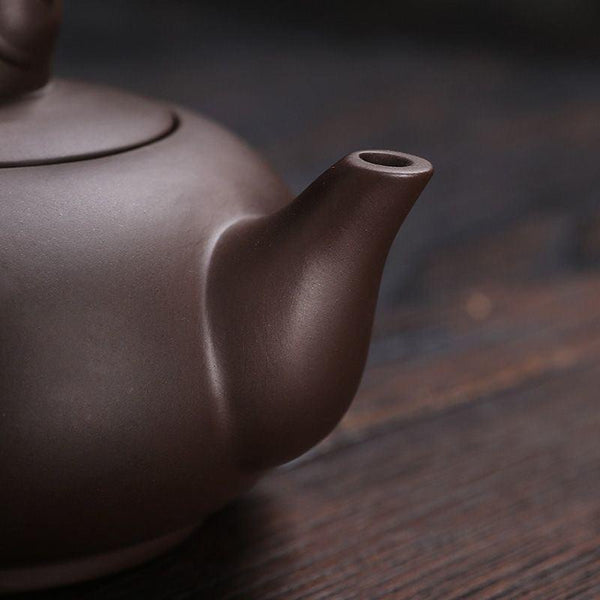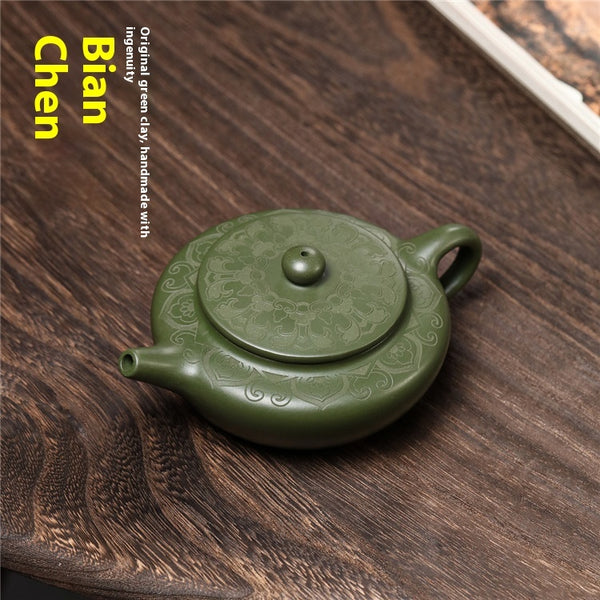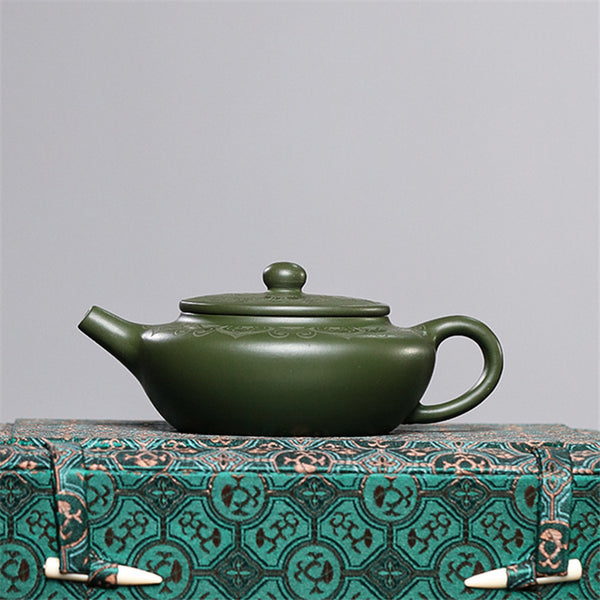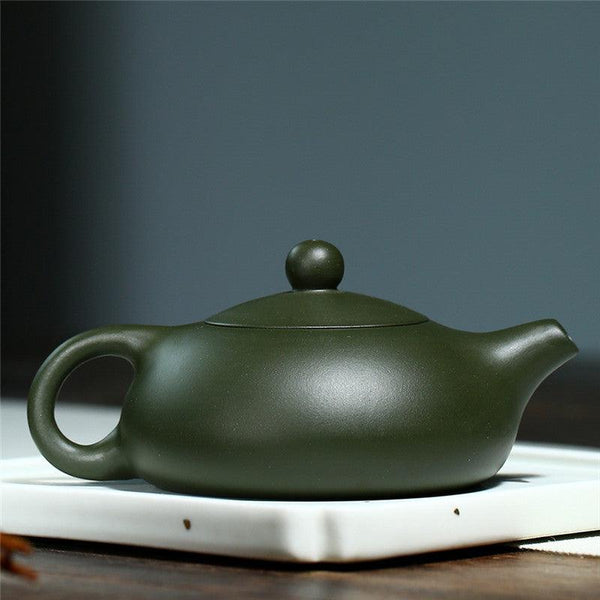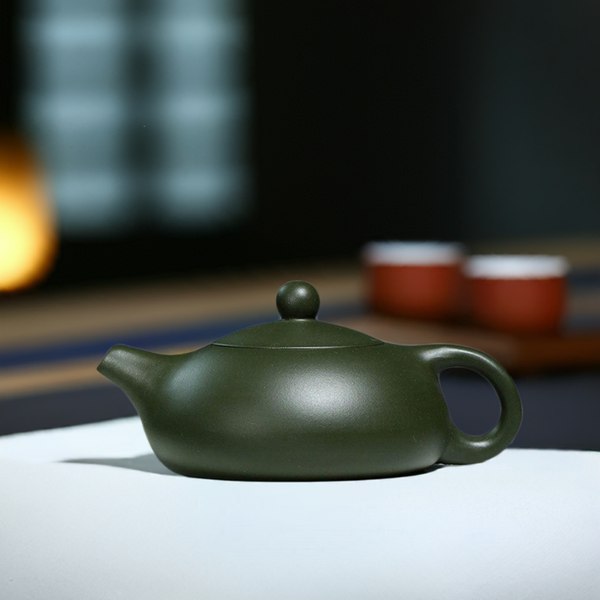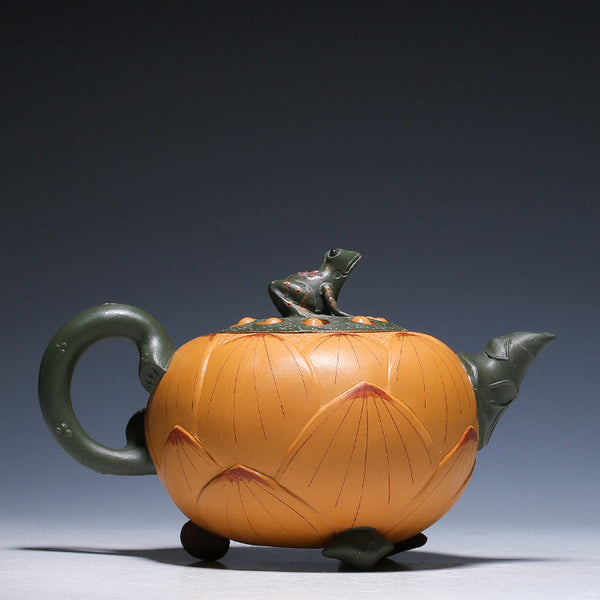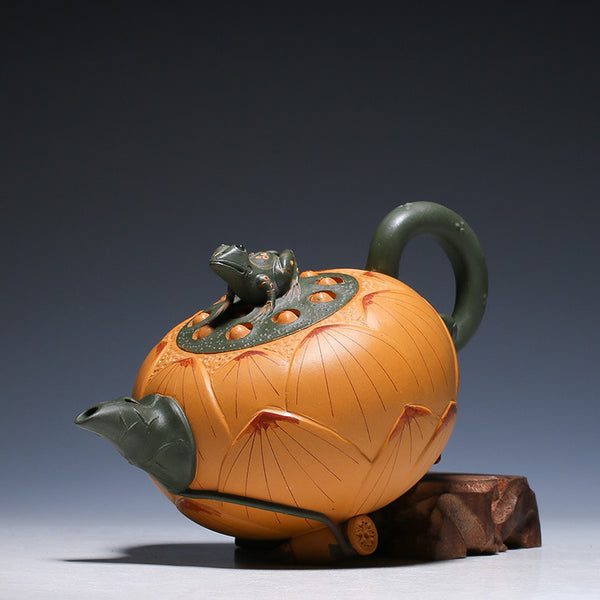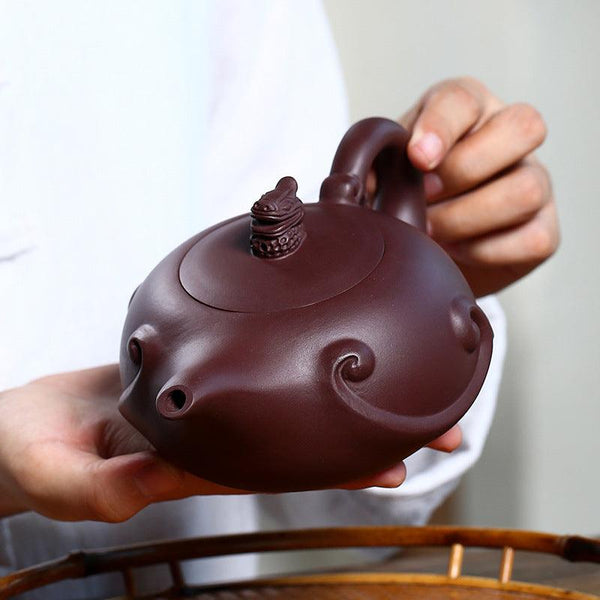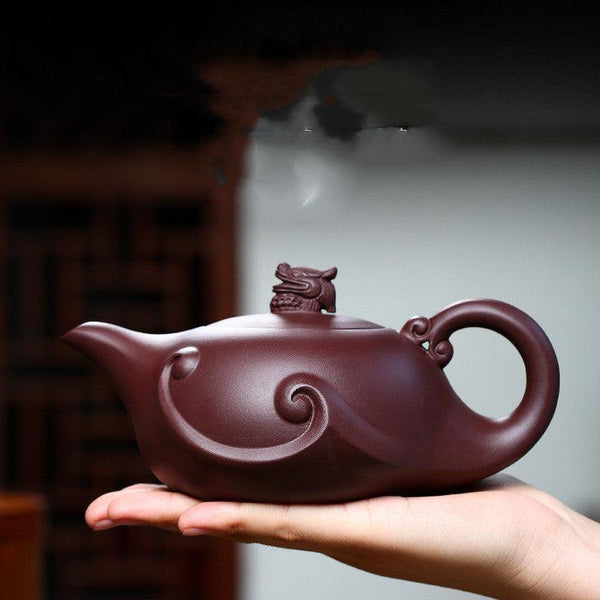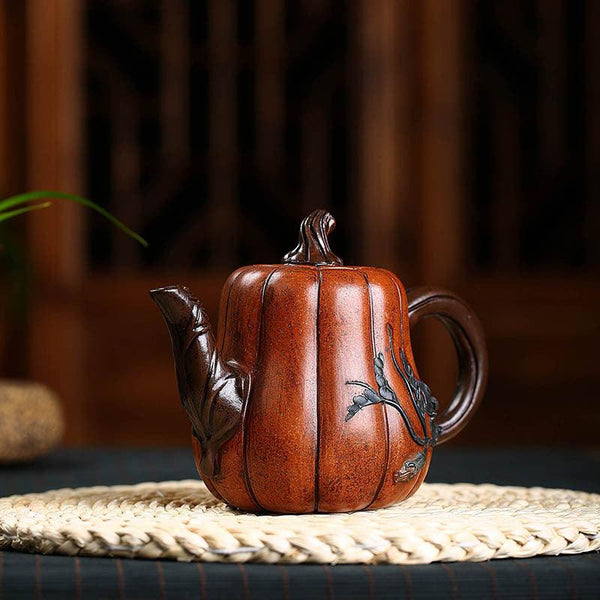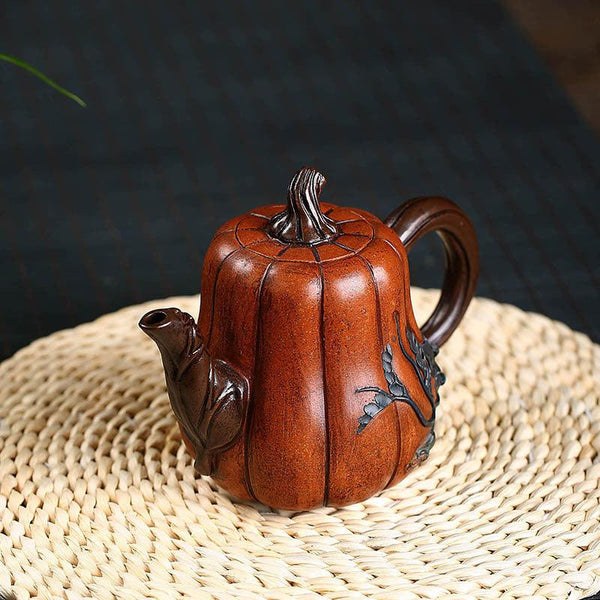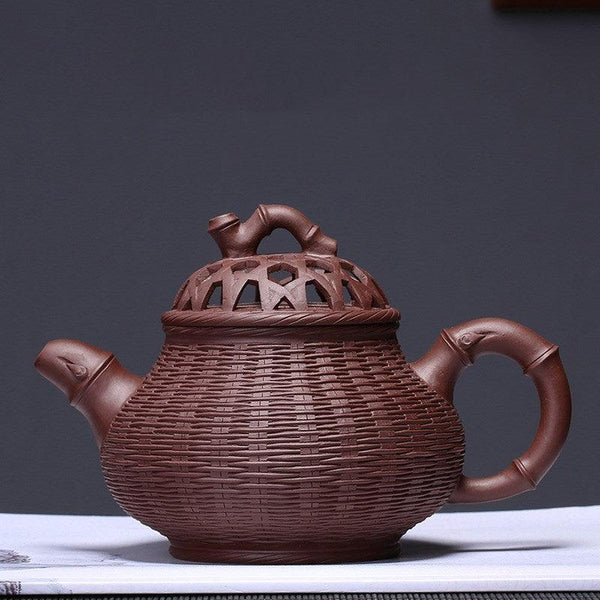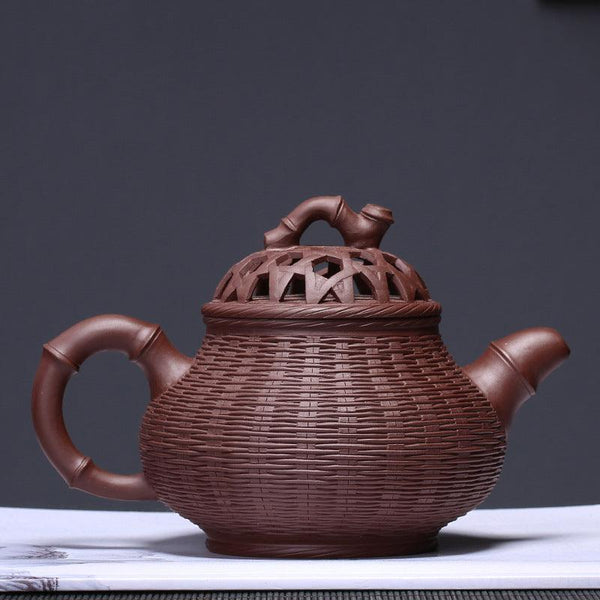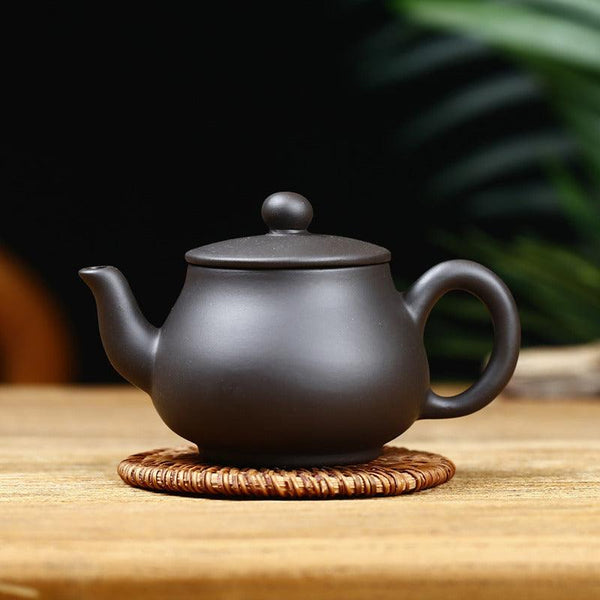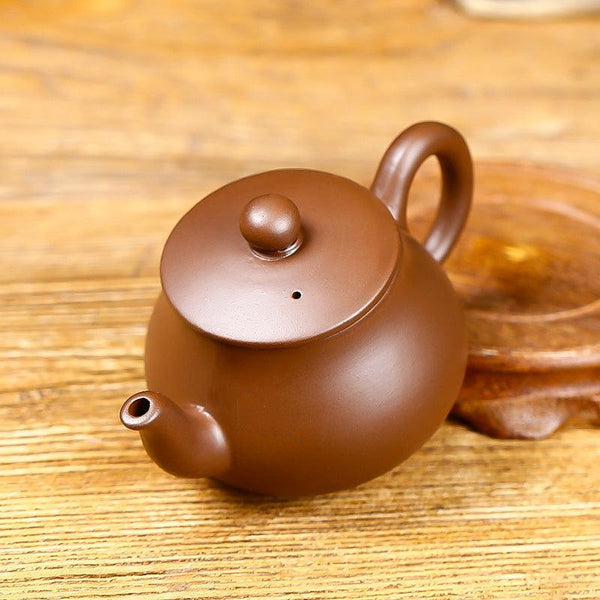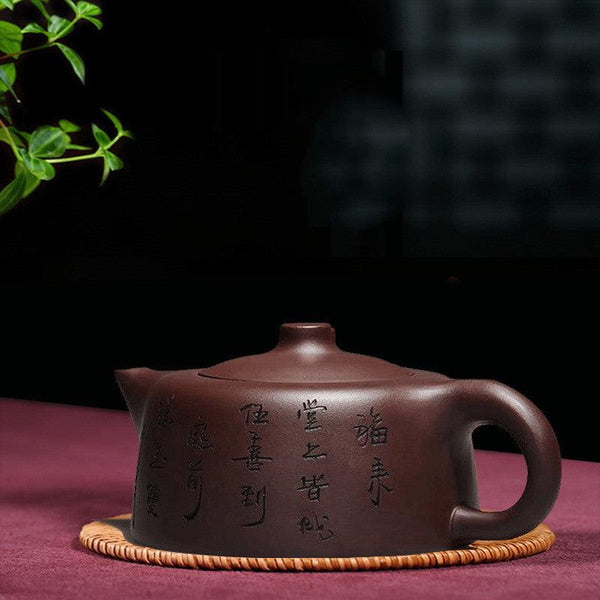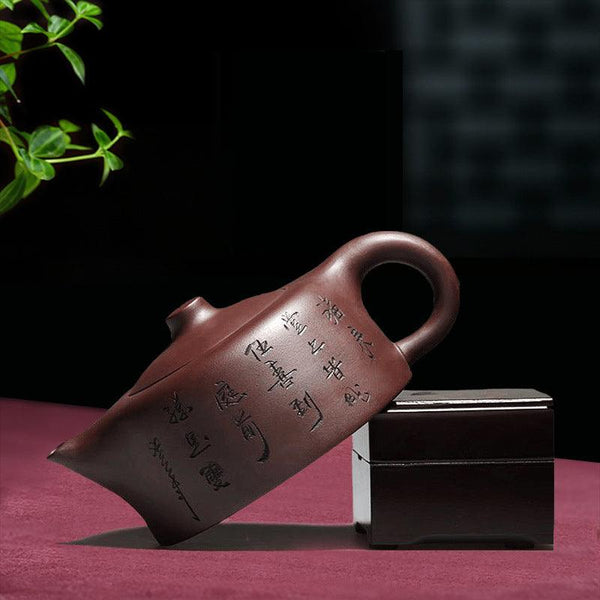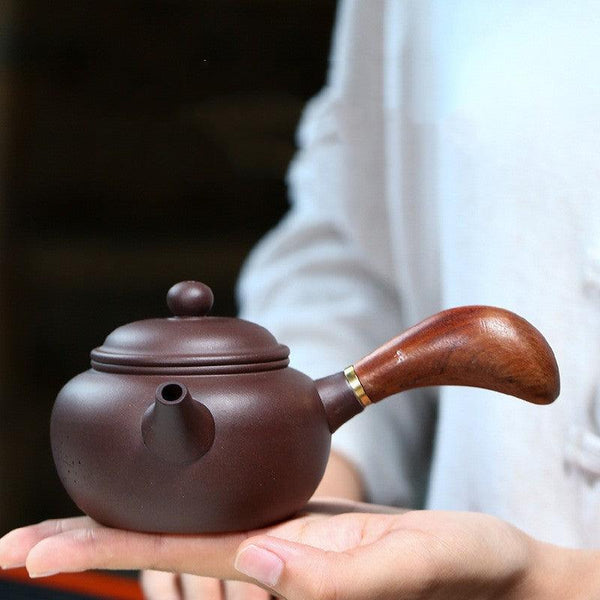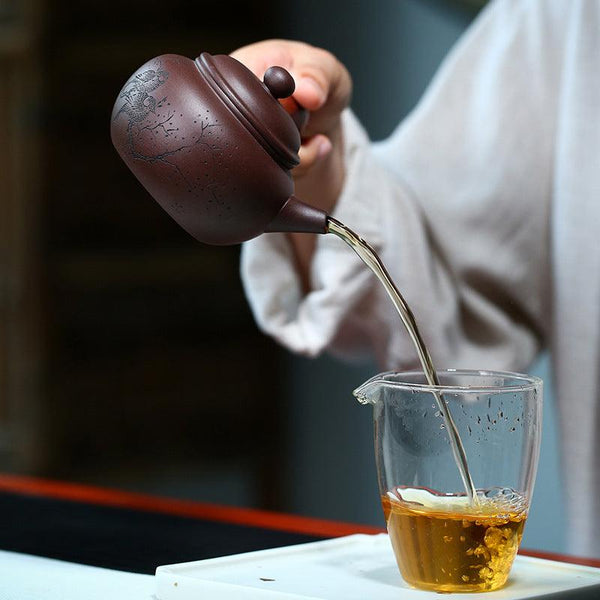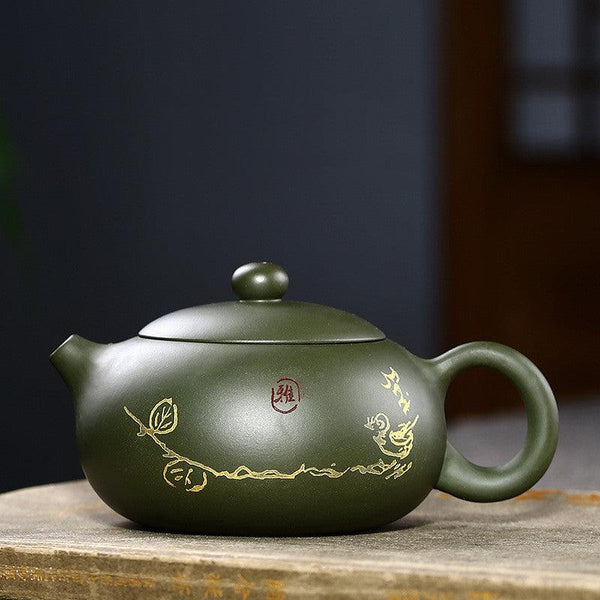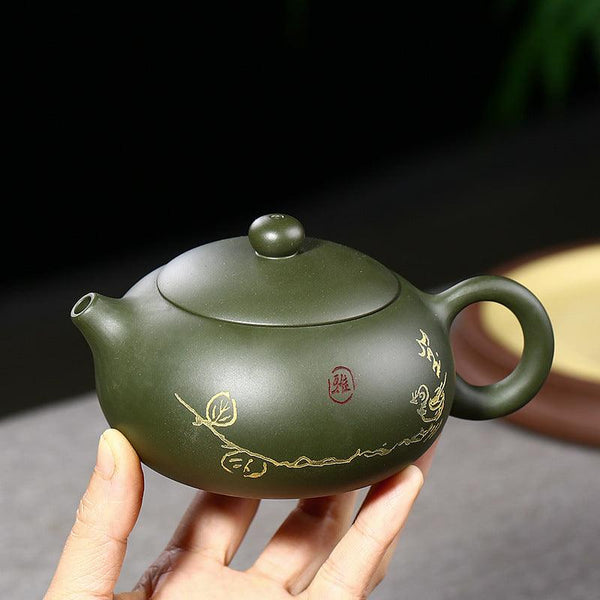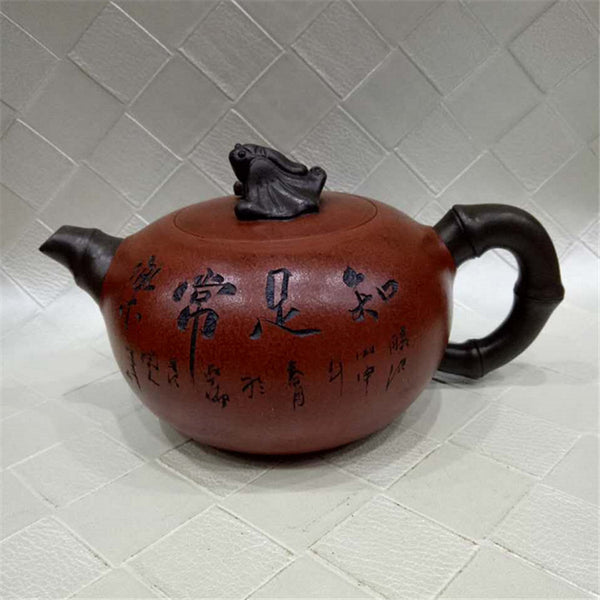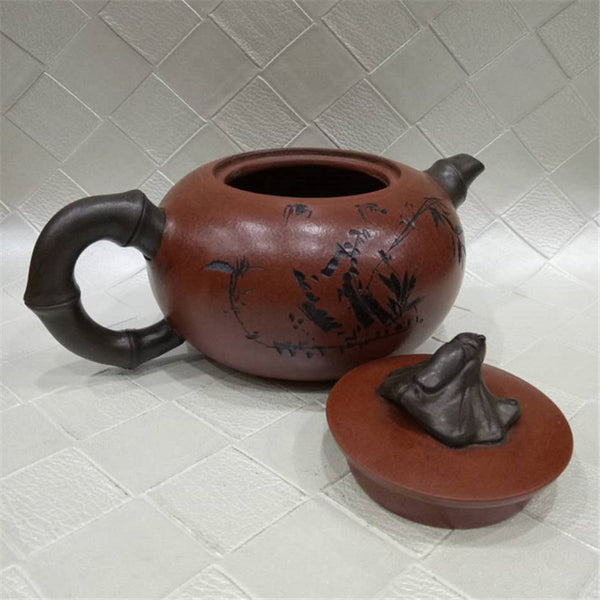Zisha teapots, also known as Yixing purple clay teapots, are more than just vessels for brewing tea—they are revered tools in Chinese tea culture that embody the harmony of form, function, and philosophy. Although many articles discuss the beauty and collectible value of Zisha teapots, few delve into the full spectrum of their functions. This article integrates popular perspectives while expanding into overlooked aspects of Zisha teapots, offering a step-by-step exploration of their unique characteristics and roles.
Foundational Function of Zisha Clay
At the core of the Zisha teapot’s functionality lies its material: Zisha, a type of purple clay sourced from Yixing, Jiangsu Province in China. This clay is rich in iron, quartz, and other minerals, giving the teapot its distinctive porous structure.
Unique Clay Properties
- Porosity. Zisha clay is semi-porous, allowing the teapot to “breathe.” This enhances tea flavor by softening the water and allowing subtle aeration during brewing.
- Heat Retention. The clay retains heat well without overheating the leaves, ensuring a consistent steep.
- Memory Effect. Over time, the teapot absorbs the essence of the tea brewed in it, enhancing future brews without additional flavoring.
- Our Uncommon Insight: Zisha clay undergoes a special low-temperature firing process (1100–1200°C), which preserves essential minerals that contribute to water purification and tea enhancement.
Design Beyond Aesthetics
Zisha teapots come in thousands of shapes, from simple round pots to intricate artistic representations. But each design holds functional significance.
Key Design Features of Zisha Teapot
- Lid Fit. A well-crafted Zisha lid is airtight, allowing for effective heat and aroma retention.
- Spout and Handle Alignment. A precise 120° angle between the handle and spout ensures balanced pouring and ease of use.
- Single-hole, Multi-hole, and Net Filters. These internal filter designs affect how the tea flows and how leaves are retained during pouring.
Yixingteaart Tips: Few sources discuss how the teapot’s weight distribution affects brewing. A well-balanced pot prevents strain on the wrist and encourages a smoother pour, especially important in Kung Fu tea ceremonies. Next article, we will introduce how the teapot’s weight distribution affects brewing.
Perfect Match for Specific Teas
Zisha teapots are best used with certain types of Chinese teas, particularly oolong, pu-erh, and black teas, due to their robust flavors and repeated steeping potential.
Why Certain Teas Work Best
- Oolong Teas. The clay enhances the layered aromas and supports multiple infusions.
- Pu-erh Teas. The porous clay further matures the aged tea, enriching its earthy profile.
- Black Teas. The insulation maintains high temperatures ideal for full extraction.
Yixingteaart Tips: The surface of Zisha teapots becomes seasoned over time, subtly adjusting the pH of the water. This affects flavor extraction and makes Zisha particularly incompatible with delicate teas like green or white tea, despite their cultural popularity.
Aging and Patina
The most unique function of a Zisha teapot is its evolution over time. As you brew tea repeatedly with the same pot, it forms a natural patina—a glossy, tea-infused surface that reflects both aesthetic beauty and functional enhancement.
- Improved Flavor. The pot’s memory enhances tea aroma and smoothness.
- Natural Gloss. Without polishing or glazing, the pot develops a soft sheen.
- Cultural Value. A well-used pot is seen as a personal artifact, carrying emotional and cultural significance.
Yixingteaart Tips: The patina of Zisha Teapots doesn’t just show on the outside. Microscopic tea oils remain within the clay, subtly conditioning the pot and altering its thermal behavior, which can lead to faster steeping times.
Practical Use and Maintenance
Proper usage and care are essential for maintaining the function and beauty of Zisha teapots.
Usage Tips:
- Dedicate one pot to one type of tea to preserve purity.
- Rinse with hot water to warm the clay and improve steeping.
- Clean only with water to avoid residue that can be absorbed by the clay.
Yixingteaart Tips: Zisha teapots perform best with soft water, as hard water can clog the pores over time and diminish the teapot’s ability to enhance flavor.
Conclusion
Zisha teapot is not just a brewing vessel—it is a living tool that grows with the user, enhances the tea experience, and connects generations through tradition and craftsmanship. Its unique material properties, functional design, and cultural significance make it a remarkable object that transcends its utilitarian role. Whether you're a seasoned tea drinker or a newcomer to Kung Fu Tea, a Zisha teapot invites you to slow down, savor the moment, and experience the full depth of tea culture—one steep at a time.


